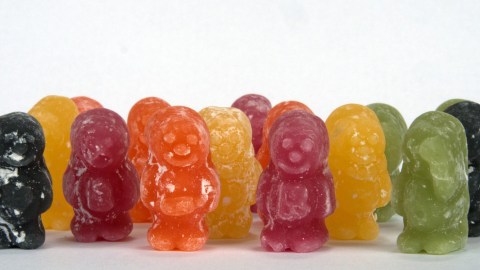Why Do Interracial Friendships Start Declining Early in Life?

A study shows that interracial friendships start to decrease at an alarmingly early age. As early as elementary and middle school, researchers see a difference from one school year to the next in the number of interracial friendships. So, they set out to understand why these social changes were happening in the classroom.
First of all, it does make a difference where a child grows up. Those who have access to a diverse social network are more likely to have diverse friendships. But that access by itself is not enough. It seems as though teachers play a role in diverse friendship formation as well. How supportive and warm a teacher is matters. As does whether a teacher treats different groups of students differently.
Some might wonder whether it really matters all that much whether children have diverse friend groups. Surely parents and teachers have too much going on already to worry about who’s getting along with who in the classroom? In reality, however, intergroup friendships matter a lot in the long run. In a world where violence and misunderstanding constantly runs through the news cycle, there is one proven tool to reduce prejudice, and that is cross-group friendships. Researchers have arrived at this conclusion after watching anxiety and fear of rejection go down in those who’ve had an intimate friendship experience with someone from another social group.
Not only are cross-group friendships important, but it’s easier to change relationships at a younger age than an older one. So school might just be the right time to intervene. Key strategies for improving interracial relationships at a young age include exposing kids to role model intergroup friendships, putting diverse kids together to cooperate on a team assignment, and helping kids understand the difference between noticing diversity among people and having negative opinions of people who look different from themselves.





